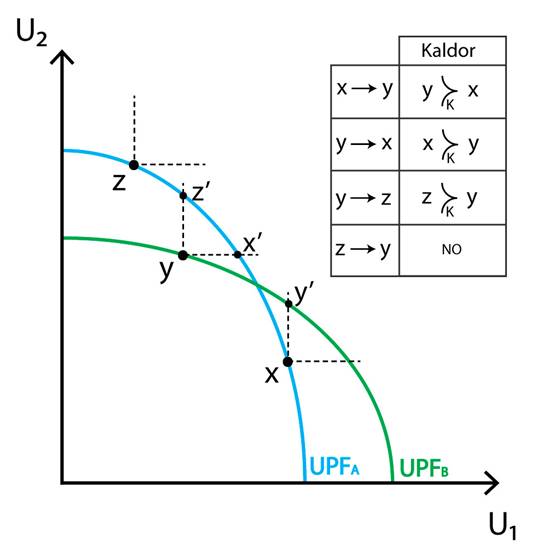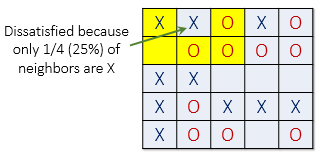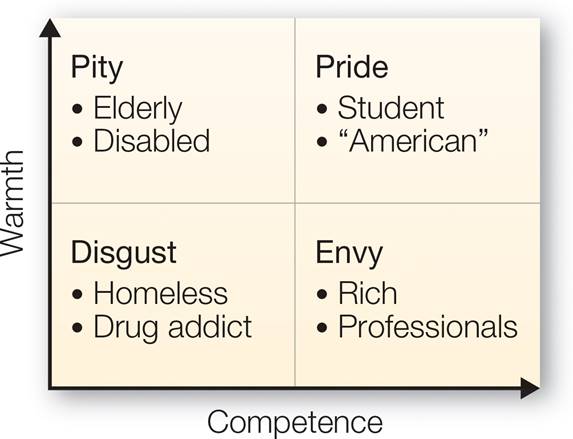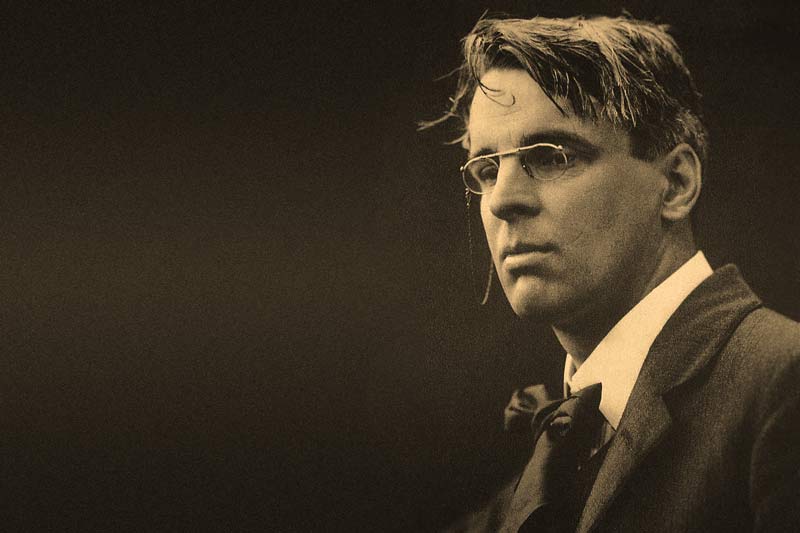
These days, college administrators are less popular than Big Tobacco executives. Considering the ever-mounting student debt crisis, universities need to justify their worth as a return on investment—a seeming impossibility when one compares the typical 1000 SAT scoring American to his opposite number in mainland China. At the same time, the campus Greek system has been under assault for its racism, misogyny, and life-threatening hazing.[1] However, university presidents and PanHellenic delegates should plead their mutual endeavors provide a solution to a classic social externality problem.[2]
“[U]niversity presidents and PanHellenic delegates should plead their mutual endeavors provide a solution to a classic social externality problem.”
It might seem intuitive that pretty students are positive externalities to the less attractive. After all, less attractive people obtain utility from seeing their betters; they may fantasize about them or they may increase their status by associating with them. On the other hand, there are arguments to be made that attractive people are negative externalities. The very sight of them leads to angst; people are unfulfilled when they see those whom they cannot obtain (this is especially true for ugly men, as middling women can obtain sexual access with more attractive men if they sacrifice affection).[3]
The distribution of attractiveness across a college campus touches upon disciplines such as welfare economics and ethics. One could abstract to the design of a “theoretical college campus” using the thought experiment of the late philosopher John Rawls, who employed “the veil of ignorance” as a method of designing a just state.[4] As a practical matter, though, the distribution of attractiveness is solved by students in deciding where to attend.
In the United States in particular, there is a variety of colleges and universities with a wide range in the distribution of physical attractiveness. There are technical schools, MIT or Cal Tech, as well as serious academic institutions, the University of Chicago or Swarthmore, where the bandwidth of attractiveness is both narrow and low.[5] Thus, one who is pained by the sight of attractive people can attend an “ugly people school.”[6] Individuals who obtain positive externalities from viewing beautiful people can attend a large university in a warm climate, such as the University of Florida or the University of Arizona.[7]
Let us consider that ugly persons are negative externalities; it is conceivable the good-looking could be offended by viewing the less appealing.[8] This issue raises transcendental questions, such as freedom of association versus “the right to be left alone.”[9] As mentioned, there could be colleges where the level of attractiveness is both high and narrow (that is, many beautiful students). At any rate, most colleges will have at least some unattractive students (either in an absolute or relative sense). Moreover, the sequestering of unattractive people, who may otherwise enjoy positive externalities by viewing the good-looking, is enforced by local social norms. Thus, if an ugly Beta male ogles a pretty coed, he will immediately be ridiculed (or even “#MeTooed” in today’s climate—rather ironic to see a campus “Stacy” wield the sword of modern feminism).[10]
Some readers might object to our analysis because we have commingled platonic and erotic relationships.[11] An Alpha Chad, arguably, can befriend an ugly Beta heterosexual, as neither has sexual designs on the other. However, we must consider that in the erotically charged atmosphere of college, groupings of men and women (particularly in the Greek system) are designed to create sexual opportunity. Thus, the inclusion of a “too unattractive person” within these groupings lessens the sexual opportunity for the joint enterprise. The ugly person becomes a “fifth wheel,” so to speak. In fact, the more liberal the sexual mores on a campus, the more likely attractive students will wall themselves off from the less attractive. Imagine a group of “hot” students gather after a night of partying. One of them suggests a game of “naked Twister.” This very tempting idea would be far less palatable if an ugly person were among them.[12]
At this point, we might consider the possibility of the Kaldor-Hicks criterion, in which utility transfers are made to offset the costs of a transaction (see graphic below). Thus, Alphas might let a high GPA Beta nerd hang out at their frat house (allowing him to ogle the frat’s “little sisters”); in exchange the unwanted visitor writes the frat brothers’ term papers. This outcome would be wealth creating to both the fraternity men and the unattractive guest, but the coeds would not be a direct beneficiary to this arrangement (although perhaps the frat brothers could subsidize the coeds by reducing their usual sexual demands).

Let us assume each student has a budget of attractiveness based on his sexual market value (SMV). The budget allocation allows each student to contract (within the bounded range) with better or worse looking members of the opposite sex, based on either the coed’s preference for affection or the male’s preference for sexual access.[13]
Students outside a budget range will generate an externality in that they are (1) so attractive as to cause feelings of inadequacy due to their unattainability or (2) so unattractive as to cause feelings of revulsion. The logical sorting of college students, via the Greek system, avoids the internalization of either of these competing externalities. A student has some freedom to move between communities (a “7” can navigate the “7-9” frat house as well as the “5-7” sorority). Still, the student is bounded by his budget, and this avoids the spillover effect of being close to those who are either too pretty or too ugly.
In essence, fraternities and sororities act as exclusive associations that maintain a bandwidth of socially acceptable interactions.[14] Greek organizations exclude “uglies” from social situations where they would “free ride” at the expense of the good-looking. In this way, Greek houses resemble homeowner’s associations which limit access to public goods. The Tiebout sorting model posits that such communal organizations solve the “externality problem.” The university itself is a meta-community that sorts itself from other schools, as students, in the first instance, choose a school which fits their preference schedule.
Depending on the exact degree of self-sorting by attractiveness, we might also consider Schelling’s model of spatial segregation, which was applied to race.[15] In Schelling’s model, a white neighborhood will segregate from a black neighborhood even where there is no specific animus between any members of the communities. The segregation occurs if the neighbors require that they are within a certain minimum distance of a threshold percentage of their own race (see graphic below), or in our case a minimax level of good looks. These threshold conditions result in a geographic impossibility which can be solved only by some degree of clustering or segregation.

Our theory can also map onto the so-called stereotype content model (SCM) from social psychology. In the SCM, it is posited that inter-group interactions[16] are judged along two dimensions—namely, “warmth” and “competency”—criteria which lead to a four-quadrant matrix: typically, an “in-group” judges its members as both warm and competent while being envious of others they consider competent but untrustworthy, paternalistic towards those less competent, and disgusted by those they feel are both untrustworthy and less competent (see graphic below). Applying the SCM to the college social system, each group might be categorized by their relative attractiveness. The more attractive groups will be objects of envy. A group that is somewhat less attractive (than one’s own) will be patronized, particularly by men who seek short-term sexual favors. Groups much less attractive will be viewed with disgust.[17]

Notes
[1] For our purposes, the Greek system is synonymous with hierarchical social structures such as “secret societies” and “eating clubs.”
[2] For the lay reader, an externality, or transaction spillover, is a cost (or benefit) that is incurred by a party who was neither a buyer nor seller to the transaction. An external cost is a negative externality, while an external benefit is positive externality.
[3] Imagine an individual of infinitely low sexual market value (SMV approaches 0). He internalizes a psychic pain every time he sees a coed with SMV higher than his own, because he knows he cannot have her. This internalization or "unfulfilled desire" rises with the corresponding SMV of the female (the more attractive she is the more pain he feels).
[4] Would Rawls have considered a minimal level of attractiveness to be a “primary good”? Of interest, the World Health Organization’s definition of “sexual health” includes the “possibility” of having pleasurable sexual experiences. Do unattractive men have such opportunities? Would Amartya Sen’s “capabilities” approach require colleges to provide access to “makeovers” so that each student can be his best sexual self?
[5] There is a rich literature of so-called happiness studies reflecting the intersection of development economics and psychology. Of interest is the so-called Easterlin paradox in which increases in GDP do not increase reported levels of satisfaction where positional rank remains unchanged. Applying this literature to our theory, students may avoid seeing pretty people where it reaffirms their lower rank. Note that Denmark has a comparatively high rate of suicide despite its citizenry reporting high life satisfaction; the explanation is that it is hard for a sad person to be depressed among so many happy people. By analogy, an ugly student attending a school with many beautiful people will be worse off than if he were with other ugly people.
[6] A point of interest here is that college social life is defined by (mostly) shared yardsticks of attractiveness. As such, it is difficult for unattractive students to find other means of self-worth (except perhaps high academic achievement). Thus, Robert Nozick’s vision of a libertarian utopia, in which there are many dimensions from which everyone can find his self-worth, is not easily realized in the sexualized marketplace of college.
[7] As an aside, the prevalence of very attractive people at warm weather schools in the South and in West of the United States suggests these “students” prefer the “consumption” of each other to their relative positional rank. Also, it is likely that outdoor activities at these schools force students to invest in greater body maintenance.
[8] There can be competing externalities just as two side by side factories could emit pollutants that interfere with each other’s business. In a “Coasian” bargaining scenario the initial placement of the “property right” should not affect the outcome, absent transaction costs.
[9] There were many so-called ugly laws on the books in the United States, even well into the 20th Century, which regulated the public appearance of deformed people. The father of utilitarianism, Jeremy Bentham, is said to have advocated the internment of the homeless.
[10] Much of the politicized feminist literature regarding the “male gaze” can be explained as the physical revulsion felt by women when they encounter men of significantly lower SMV.
[11] Another consideration (Pinkerian?) is that there is a “Flynn effect” for physical beauty with each generation more handsome than the last, resulting in ever-increasing sexual satisfaction over time. This argument ignores the fact that young college students care mostly about their present relative sexual rank, not that they might be better looking than their great grandparents.
[12] Compare this situation to the dynamics of a more conservative (perhaps religious) college. At the conservative school attractive people will assortatively mate for long term pairings, but this will not stop them from having platonic relations with less attractive people, as there is no market for short term sexual relations.
[13] We limit the analysis to heterosexuals at this point to avoid too much complexity.
[14] Critics might think this “balkanizes” the university community, but it cannot be denied there are fewer “sexual transaction costs” when similarly attractive persons are able to deal solely with each other. Many of the unfortunate sexual assault scenarios involve frat brothers preying on freshman coeds not yet part of the Greek culture. Perhaps the sooner these ladies are sorted into Greek culture, the more likely they are to be shielded from transgressions?
[15] Attractiveness is more complex than race in that persons typically don’t self-identify as “ugly”; but the sorting will still likely occur through a combination of at least some level of self-awareness, particularly where the social groups that provide social identify are proxies for physical attractiveness.
[16] This model is typically applied to racial relations, with whites being envious of East-Asians, paternalistic towards most Hispanics, and fearful of young black males.
[17] The harsh treatment received by so-called Incels in the media has a biological explanation: men at the bottom of the hierarchy generate visceral disgust, because they pose greater dysgenic risk than unattractive women (as females have less reproductive carrying capacity).

